Recently, the Central Pollution Control Board released a ‘Sustainability of River Ganga Water’ map, which showed that 78 of the 86 locations across the nation were ‘absolutely unfit’ for direct drinking.
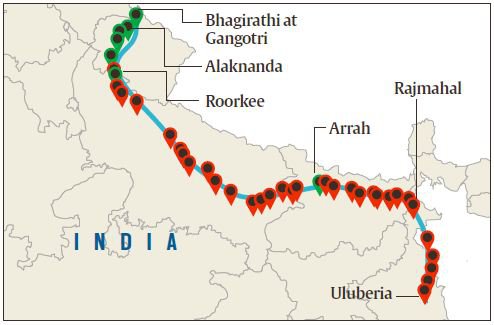
FOR 1ST TIME EVER #CPCB puts real time map of #Ganga river on its website based on #Water Quality Monitoring resultS : http://125.19.52.219/wqi/ @Ganga_Today @IndiaRiverForum @RiverToday @MallikaBG @yamunajiye @veditum @riverine_people @indiawater @amsharma9 @Vimalgeo pic.twitter.com/N1XDqaOmXi
— SANDRP (@Indian_Rivers) 14. elokuuta 2018
The Ganga river, which is of great geographical and mythological importance in India, has today been polluted to a degree that it’s not even fit for bathing, let alone drinking.
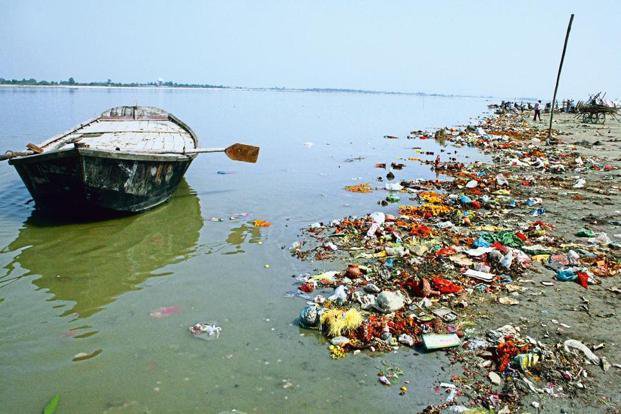
Our constant need to use this body of water as a dumping ground for ‘religious tokens’, industrial garbage, and on a personal level, to use it for unhygienic and illegal practices (such as washing clothes) has turned a source of life completely unfit.
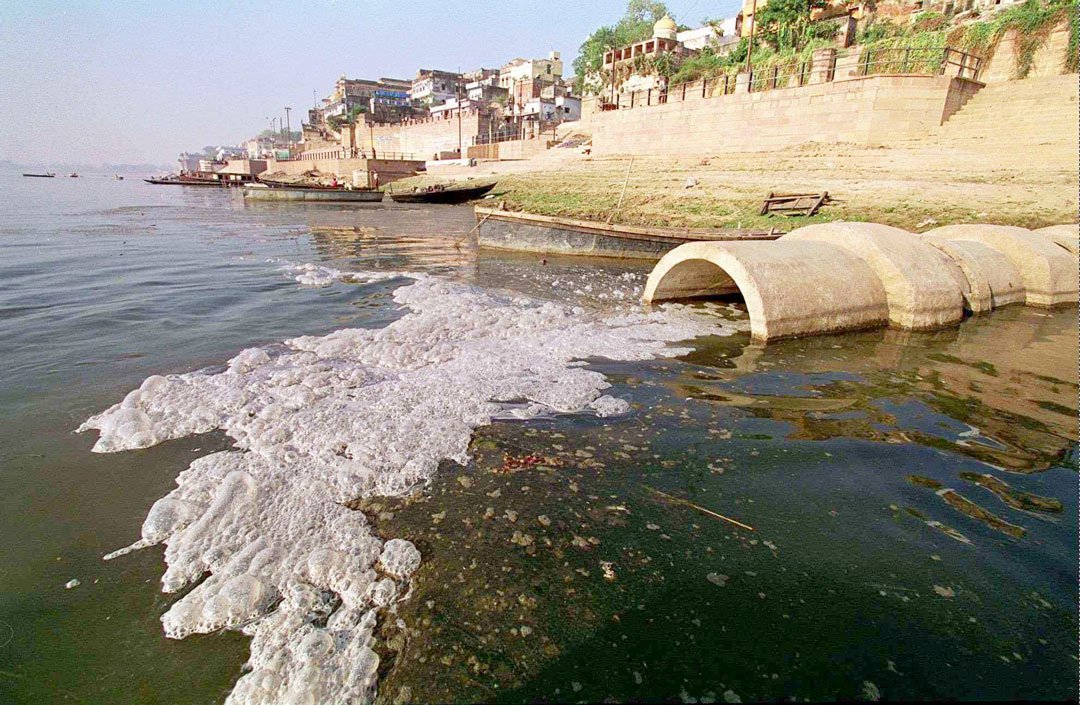
As per the latest data by CPCB, high level of coliform bacteria have been found in the Uttar Pradesh-West Bengal stretch.
CPCB collects data across 86 live monitoring stations. Out of these 86 stations, only 18 are fit for bathing and only 7 are fit for direct drinking.
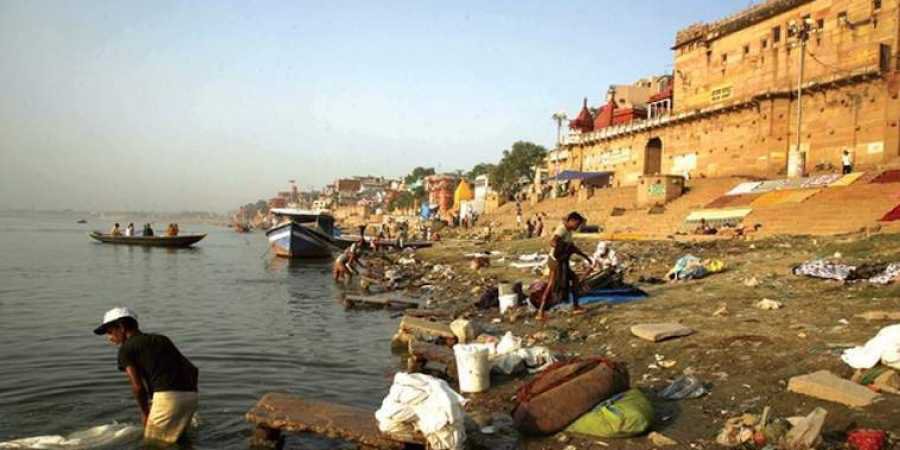
Despite various ongoing efforts and measures taken in the past to help revive the Ganga river, the result is still as just as bad, if not worse.
Since 2011, we have in place a National Mission for Clean Ganga (NMCG), and in 2014 a Namami Gange Programme was started. Yet, Ganga water has been found with high fecal coliform bacteria at 50,000 and above levels.

Coliform bacteria generally originate in the intestines of warm-blooded animals. So yes, the body of water that majority of India designates to be ‘holy’ is actually becoming a ground for our shit, literally.
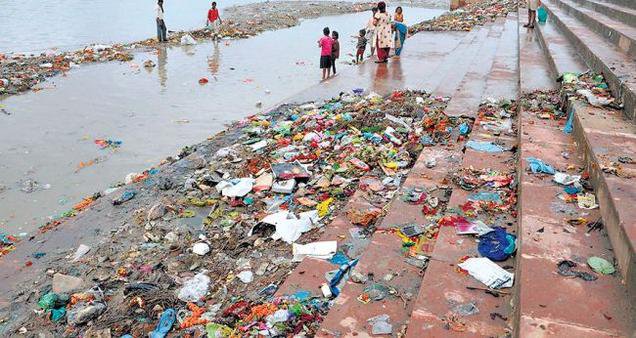
As of October 2018, ₹3,867 crore of the ₹5,523 crore released for cleaning the Ganga had been spent. And yet the Biochemical Oxygen Demand (BOD) levels have been on a rise.
A higher BOD level leads to faster depletion of oxygen in the water – thus harming both, the river and its organisms.
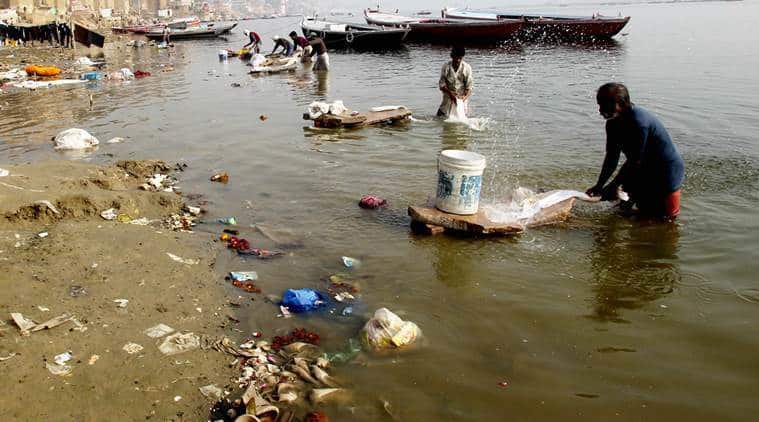
In layman terms, we’ve destroyed the river and the millions of lives that this river supports. And clearly, we show no signs of stopping!
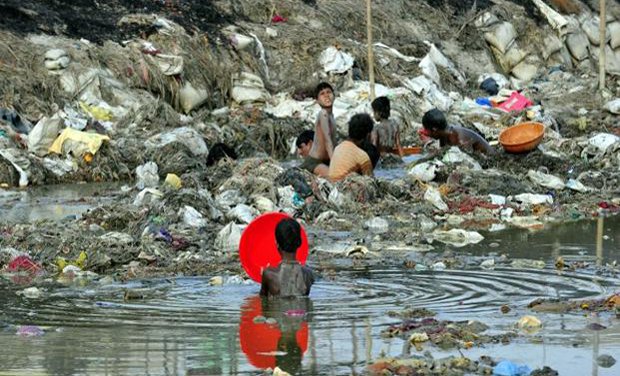
As per Union Environment Secretary C K Mishra, efforts have been made to control industrial waste, and positive results have been received.
On the banks of River Ganga, there are over 1100 industrial units which discharged their waste into the river. Today, not a single industry is discharging black waste in the river. That is the level to which we have brought it.
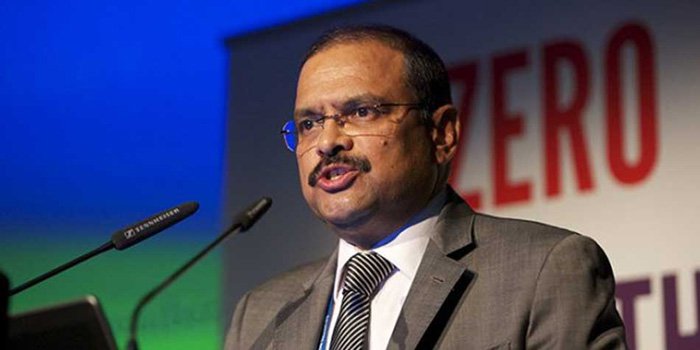
While the ministry’s achievement is laudable, it also brings to light the fact that if these results are true, sewage waste and man-made pollution are the biggest threat to the Ganga river.
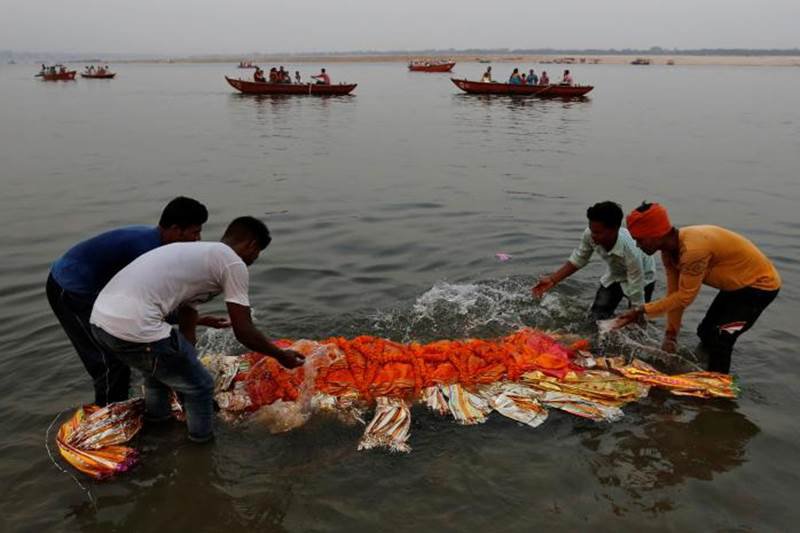
And no, pouring milk into the water – no matter how ‘pure’ – is not the way to clean it. This exactly is the kind of activity that ensures that even by 2020, Ganga will not be ‘clean‘.
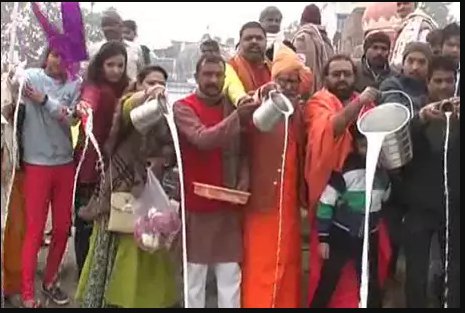
Exactly a year before, in June 2018, the National Green Tribunal (NGT) Chairperson Adarsh Kumar Goel had commented that despite ‘affidavits’ submitted by the Uttarakhand government, no real measures had been taken to clean the Ganga river
The situation is extraordinarily bad and we cannot accept that anything has been done. It is the most prestigious river in the country which 100 crore people respect but we are unable to protect it. Let us try to make the mechanism as strong and effective as possible.
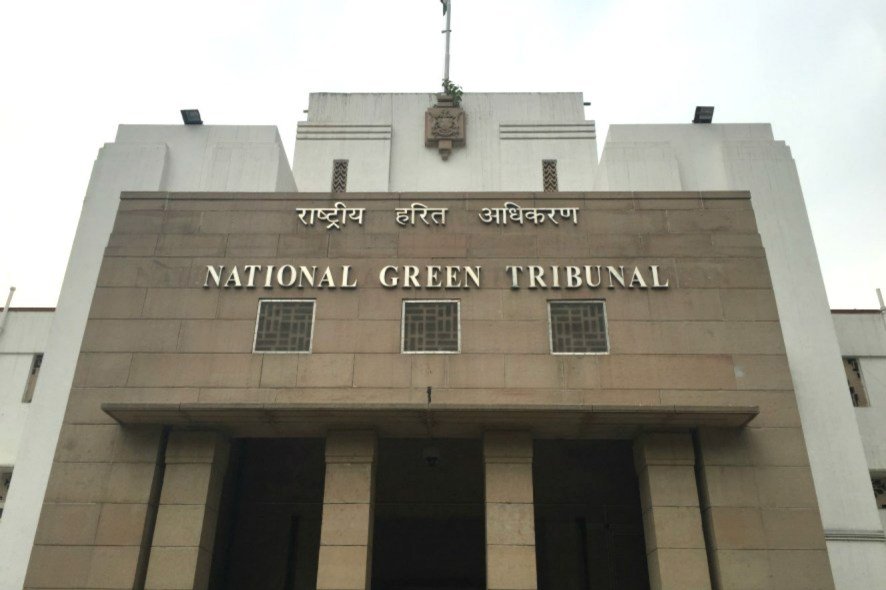
Despite the formal hearing over the situation, little to no change has taken place. Yes, Uttarakhand is one of the few places with clean stretches of water, but the rest of India is clearly struggling.
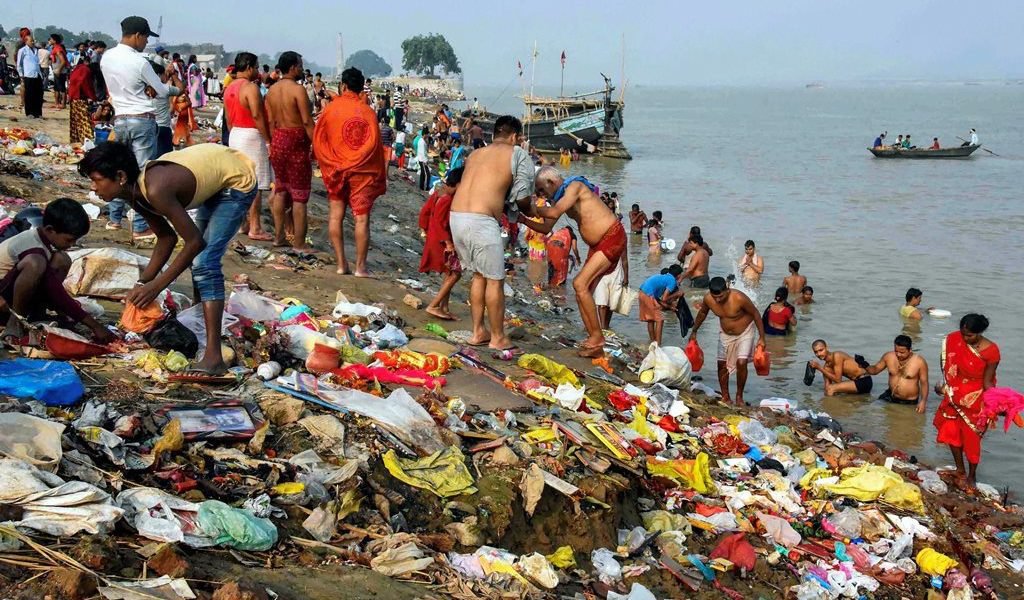
Our concern for our rivers is limited to worshipping them but not actually caring for them in any way. And if the situation continues the same way, India’s ‘godly’ rivers will not be fit for anything, even worshipping.

















